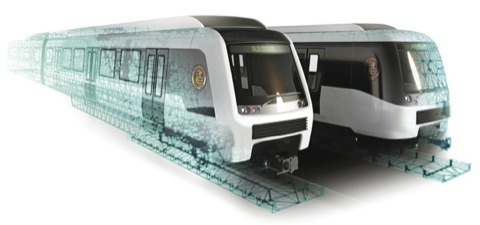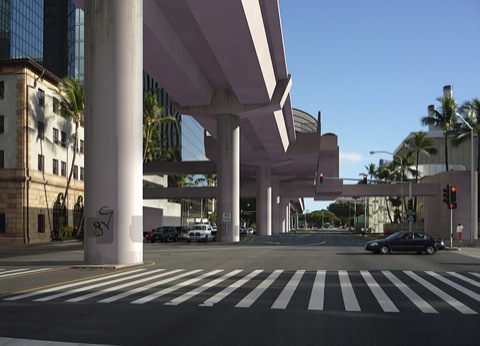Are American cities competing to see which can come up with the most ridiculous transit proposals? If so, Honolulu will probably win, hands down. The nation’s 52nd-largest urban area has only about 950,000 people, yet it is spending $5.3 billion, or more than $5,500 per resident, to build a single 20-mile rail line. That’s probably a greater cost per person than any rail system ever built–and it is just for one line, not a complete system.

The line will be entirely elevated, yet they plan to run just two-car trains, each “train” being about the length of a typical light-rail car (just under 100 feet). This means it will have the high costs of heavy rail and the capacity limits of light rail.








